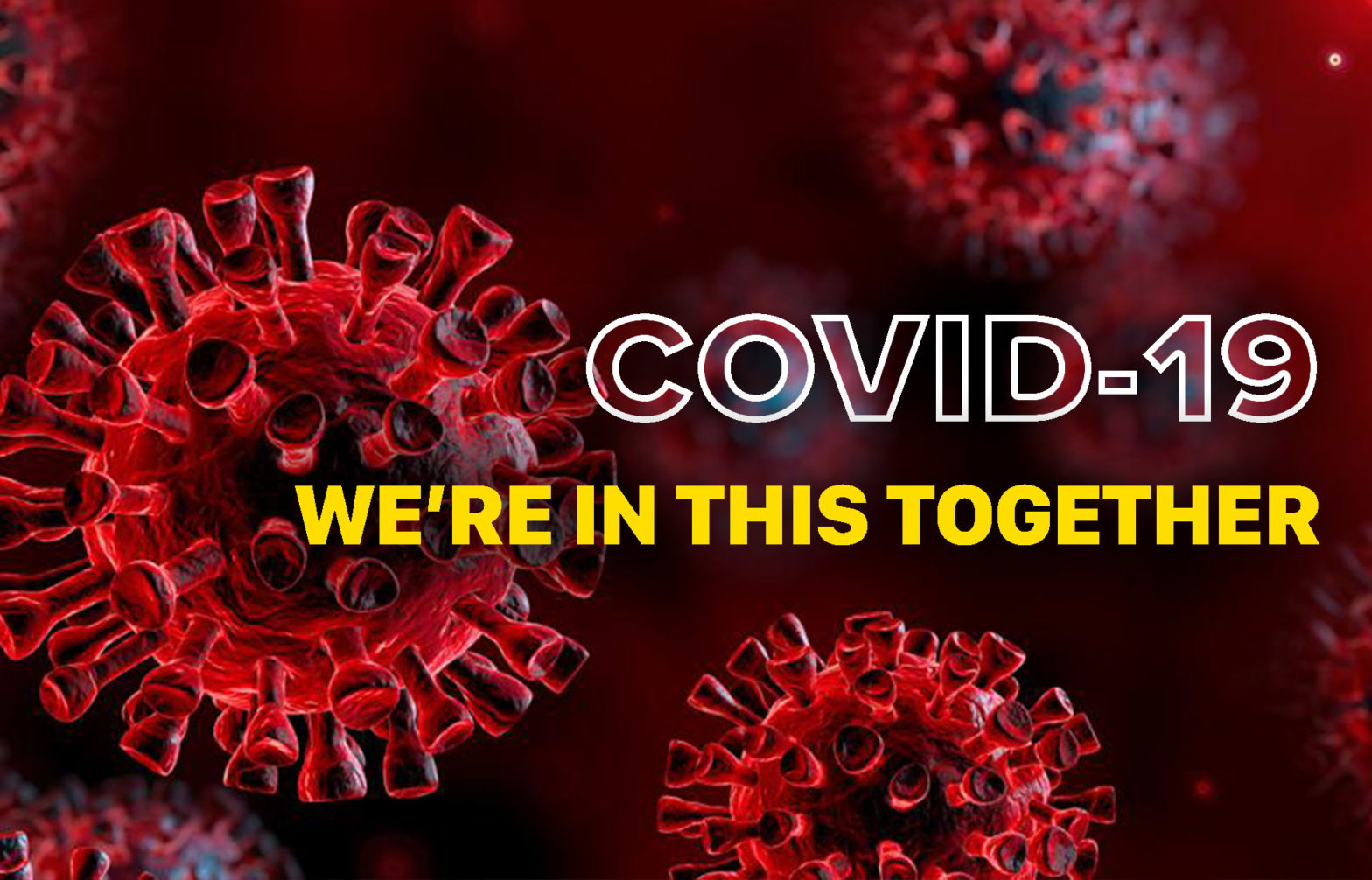Preventative and Reactive COVID-19 Sanitisation

What is COVID-19
COVID-19 is a respiratory illness caused by a new strain of coronavirus known as SARS-CoV-2.
Symptoms can include a fever, cough, sore throat, fatigue and shortness of breath. The virus most commonly spreads from person to person by close contact with someone who is infectious. It may also spread when someone touches a surface that has recently been contaminated with the respiratory droplets (from coughing or sneezing) of an infectious person and then touches their eyes, nose or mouth.
Duties under the Work Health and Safety Act(s)
It is your duty as an employer to provide employees with a safe and healthy work environment. Under the various Work Health and Safety Act (WHS Act) in Australia and New Zealand, each company must assess risks and implement and review control measures to prevent or minimise exposure to these risks.
To properly manage exposure to risks related to COVID-19, staff must:
- identify workplace hazards (such as potential for transmission on the worksite or hazards resulting from a worker who tests positive for COVID-19 infection)
- determine who might be harmed, and how (including workers and any other individuals in the workplace)
- decide on control measures (including ways to prevent the spread of infection)
- put controls in place
- review the controls regularly.
Your management must consult with staff. A safe workplace is achieved when everyone involved in the work communicates with each other to identify hazards and risks, talks about health and safety concerns and works together to find solutions. Staff must be consulted on health and safety matters relating to COVID-19 in the workplace, including (but not limited to):
- identifying the tasks and processes that could result in the spread of COVID-19
- developing a plan in response to COVID-19
- making changes to processes or procedures that could result in the spread of COVID-19
- making changes to controls to protect staff from the spread of COVID-19
- providing information and training for staff.
Personal Hygiene
These simple steps can help to protect yourself and the community.
- Clean your hands with soap and water for 20 seconds, or use an alcohol-based hand sanitiser.
- Cover your nose and mouth with a tissue when coughing and sneezing or use your elbow, not your hands.
- Avoid close contact with people unwell with cold or flu-like symptoms, and stay home if you have
- Avoid touching your face and avoid shaking hands with others.
- Try to maintain a distance of 1.5 metres from others and avoid crowded places.
Remember, when washing your hands, all you need is water and soap, body wash or shampoo. It doesn’t need to be expensive, or ‘antibacterial’. The key to handwashing is to wash often and wash well, for at least 20 seconds.
Do you have a plan?
Under the current restriction from the Australian Government, if you want to stay open during the lockdown, you must have a COVID-19 Safe Plan.
This plan template can be obtained from www.business.gov.au. Even when the lockdown is eased, you should keep using this plan until a new COVID-normal is achieved
Preventative and Reactive COVID-19 Sanitisation
There are 2 different types of cleaning with Preventative Cleaning to be applied in normal circumstances and Reactive Cleaning applied when cleaning rooms or areas where a person with a confirmed case of coronavirus or a person in isolation has frequented.
Each type of cleaning has similar requirements. However, Reactive cleaning requires more details and stricter guidelines to follow.
Silvans has developed our Standard Operation Procedure for each type of sanitisation based on the Australian Government guidelines. We only use TGA-approved chemical during both of these cleans. We also utilise the use of fogging machines to make sure that the virus cannot survive airborne.
One clean is never enough…
Coronavirus or any other virus and bacteria can multiply very quickly. Especially when there are evidence that Coronavirus can survive on surfaces for a long time.
If you test a surface after cleaning using a testing kit, you can see that the bacteria count will increase as soon as 10 minutes after the sanitisation. This is why many of our client requires a cleaner to perform constant sanitisation every 10 or 15 minutes.
If you have staff working on-site and concern about their well-being or if you are preparing to have staff coming back to work on-site, please contact us now for more information regarding our COVID-19 preventative and reactive cleaning service.
Comments